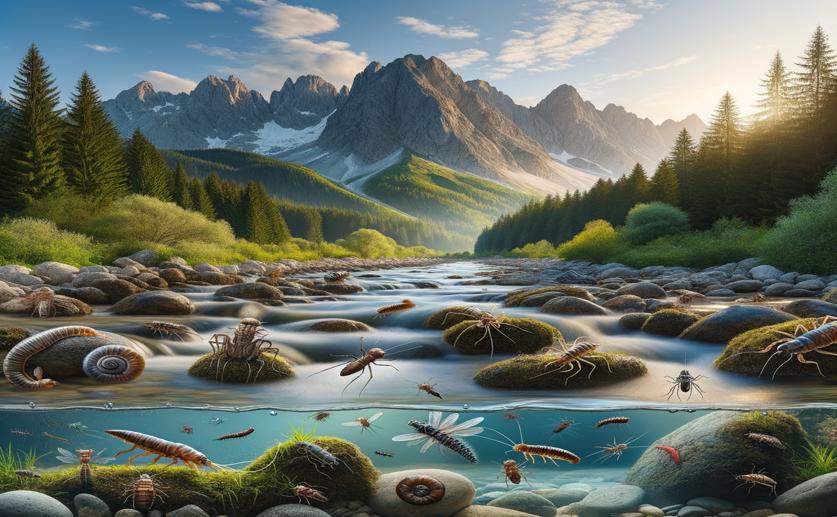
Long-term Patterns of Stream Insects in a Mountain Landscape
Greg Howard
27th July, 2024

Image Source: Natural Science News, 2024
Key Findings
- The study took place in the Macun Lakes region of the Swiss National Park
- Water chemistry in the two main basins is becoming more similar as rock glacier inputs diminish
- Despite changes in water chemistry, no significant long-term trends were observed in macroinvertebrate populations
EnvironmentEcologyAnimal Science
References
Main Study
1) Long-term patterns of stream macroinvertebrates in an alpine cirque landscape
Published 26th July, 2024
https://doi.org/10.1007/s00027-024-01106-6
Related Studies
2) Glacier shrinkage driving global changes in downstream systems.
3) Glacier retreat reorganizes river habitats leaving refugia for Alpine invertebrate biodiversity poorly protected.



 26th June, 2024 | Jim Crocker
26th June, 2024 | Jim Crocker